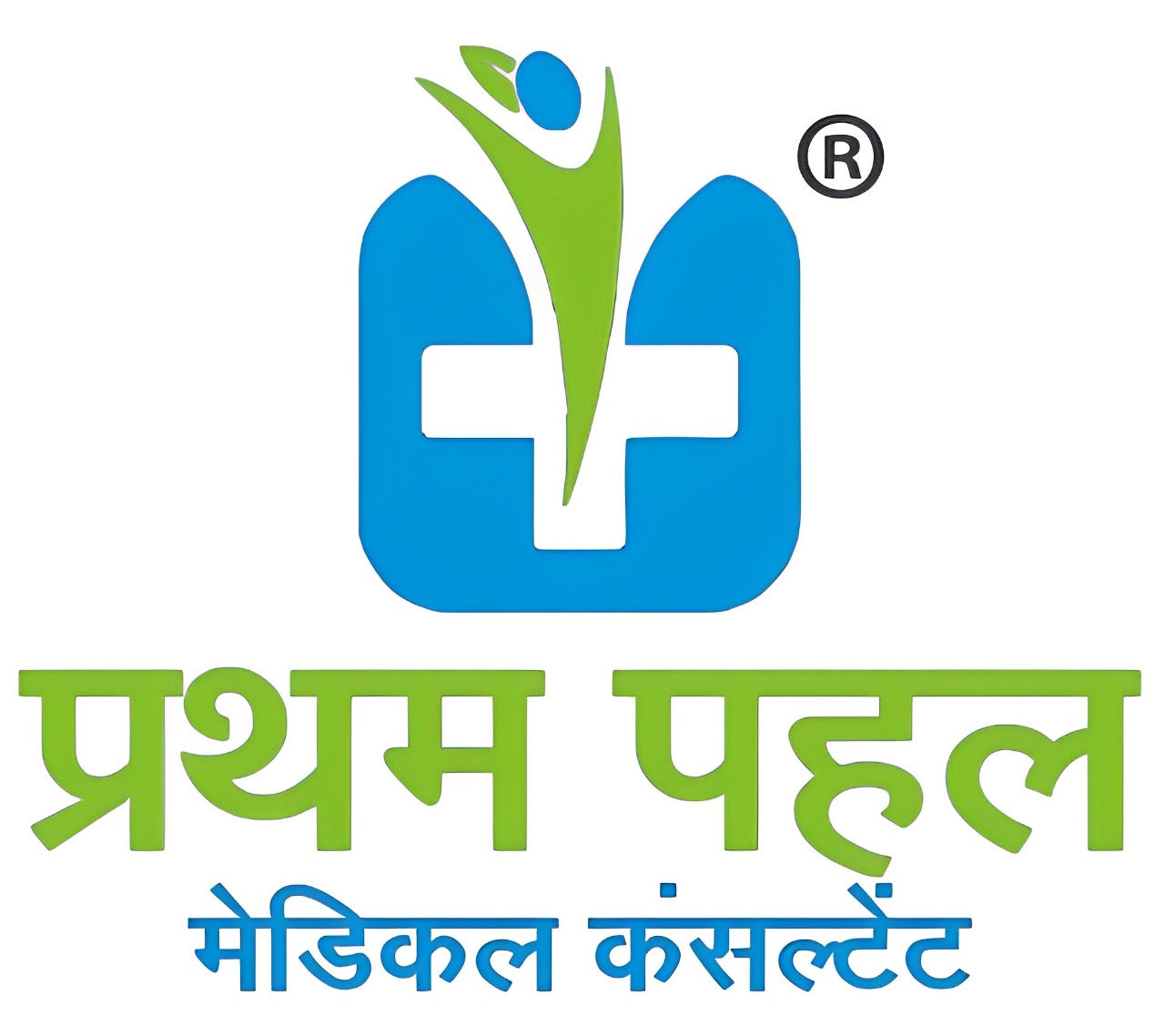Cosmetology – Medical Procedures
Chemical peel
Chemical peels are used to treat wrinkles, skin discoloration and scars — typically on the face. A chemical peel can be done alone or in combination with other cosmetic procedures.
Chemical peels can be done at different depths — light, medium or deep — depending on your desired results. Each type of chemical peel uses a different chemical solution. Deeper chemical peels produce more-dramatic results, but also involve longer recovery times.
Dermabrasion
Dermabrasion can decrease the appearance of fine facial lines and improve the look of scars, such as those caused by acne. Dermabrasion can be done alone or in combination with other cosmetic procedures.
During dermabrasion, your skin will be numbed with anesthetics. You might also have the option of taking a sedative or using general anesthesia, depending on the extent of your treatment.
Skin treated with dermabrasion will be sensitive and bright pink for several weeks. The pinkness will likely take about three months to fade.
Laser resurfacing
- A wounding (ablative) laser, which removes thin layers of skin.
- A nonwounding (nonablative) laser, which stimulates collagen growth and tightens underlying skin.
- Although nonablative laser resurfacing is less invasive and requires less recovery time, it’s less effective than is ablative laser resurfacing.
Light Therapy
During light therapy, you sit or work near a device called a light therapy box. The box gives off bright light that mimics natural outdoor light.
Light therapy is thought to affect brain chemicals linked to mood, easing SAD symptoms. Using a light therapy box may also help with other types of depression, sleep disorders and other conditions. Light therapy is also known as bright light therapy or phototherapy.






